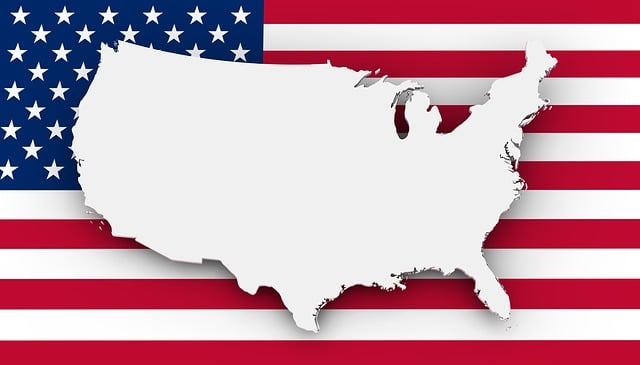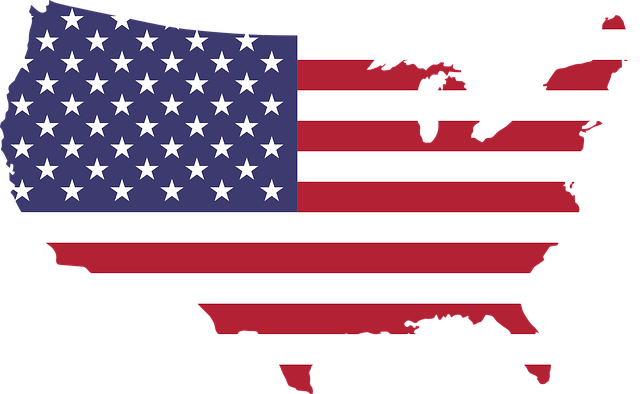The evolution of the American Flag, from the original "Betsy Ross Flag" to today's "Stars and Stripes," reflects the nation's growth and values. Revolutionary War flags like Betsy Ross's design symbolized unity, while later iterations incorporated new states, preserving history. The Star-Spangled Banner emerged from the War of 1812 and became a powerful national symbol. Civil War flags hold immense collectible value, as do those from World Wars I and II, representing courage and unity. Vintage American flags, highly sought after for their historical significance, are available in the market for American Flags For Sale, appealing to collectors who appreciate their rarity and historical context.
Unravel the rich history of America through its iconic flags, from the Revolutionary War to modern times. This article explores the evolution of the American flag design and its role as a powerful symbol on the global stage. Discover vintage flags from pivotal moments in history, such as the Civil War and World Wars I & II, now often sought after by collectors. Learn about the captivating stories behind these historic banners, including their unique designs and significance, and find out where to discover authentic American flags for sale.
- Evolution of American Flag Design: A Historical Overview
- Iconic Flags from the Revolutionary War Era
- The Star-Spangled Banner: Birth of a National Symbol
- Civil War Flags: A Visual Representation of Conflict
- World Wars I & II: American Flags on the Global Stage
- Vintage vs Modern: Exploring American Flag Collectibility
Evolution of American Flag Design: A Historical Overview

The evolution of the American Flag, or Old Glory, is a rich narrative that reflects the nation’s history and values. Over time, the design has changed, incorporating new states and symbolizing significant events in American wars. The original flag, known as the “Betsy Ross Flag,” featured 13 red and white stripes and 13 stars, representing the original colonies. This iconic design was a powerful symbol of unity during the Revolutionary War.
As the United States expanded westward, the flag underwent modifications to include additional states. The “Stars and Stripes” became the official design in 1960, featuring 50 white stars on a blue field, symbolizing the current number of states. This evolution continues to this day, as new flags are designed and made available for purchase as American Flags For Sale, preserving the history and heritage of the nation through these symbolic representations.
Iconic Flags from the Revolutionary War Era

During the American Revolution, iconic flags became powerful symbols of resistance and unity for the colonies fighting against British rule. The most famous among them is the “Betsy Ross Flag,” featuring thirteen red and white stripes with a blue field in the canton bearing five white stars. This flag, often associated with the early days of the revolution, represents the original thirteen colonies and continues to be sought after by collectors, making American flags for sale a thriving market today.
These historic banners were not only tools of identification but also held immense emotional significance for the troops and civilians alike. Each stripe symbolized a colony, while the stars represented states coming together as one nation. As the war progressed, variations of these flags emerged, reflecting changes in territory and growing national pride. The Revolutionary War flags are now cherished artifacts that tell stories of courage, sacrifice, and the birth of a nation.
The Star-Spangled Banner: Birth of a National Symbol

The Star-Spangled Banner, one of the most iconic symbols of the United States, originated from a pivotal moment in the country’s history during the War of 1812. This famous flag, created by Francis Scott Key, has become deeply intertwined with American identity and is now an integral part of the nation’s cultural heritage. The banner, featuring thirteen alternating red and white stripes and a large blue field adorned with fifty white stars, was designed to represent the colonies that fought for independence from Britain.
The birth of this national symbol was sparked by Key’s firsthand experience witnessing the British attack on Fort McHenry in Baltimore. Inspired by the resilience of American troops, he penned “Defence of Fort M’Henry,” a poem later set to music and widely known as “The Star-Spangled Banner.” This poignant masterpiece captured the spirit of determination that fueled the young nation’s fight for freedom. Today, Americans proudly display the Star-Spangled Banner at public events and on homes, with American flags for sale easily accessible, ensuring this symbol of strength and unity continues to inspire generations.
Civil War Flags: A Visual Representation of Conflict

During the American Civil War, flags served as powerful symbols on both sides of the conflict. Each army designed distinct flags to inspire their troops and communicate strategic objectives. These civil war flags, often featuring bold colors and intricate designs, became visual representations of the struggle between the Union and the Confederacy.
Today, these historic artifacts are not only treasured memories of a nation’s past but also sought-after items for collectors. American flags from this era, known for their rich history and emotional appeal, can be found in museums and private collections. For enthusiasts and historians alike, acquiring these authentic Civil War flags offers a unique connection to the men and women who fought bravely, ensuring their stories are preserved for future generations through these visual testaments of courage and sacrifice. Thus, the market for American flags for sale continues to thrive, allowing people worldwide to own a piece of history.
World Wars I & II: American Flags on the Global Stage

During World War I, the United States entered the global stage with a distinct symbol of its own—the American flag. As American troops deployed across Europe, these iconic flags became powerful tools of propaganda and unity back home. Each star and stripe represented courage, sacrifice, and the collective spirit of a nation united against common enemies. With the growing demand for American Flags for sale, citizens proudly displayed them in windows, on buildings, and in public spaces to show their support for the war effort.
World War II further cemented the American flag’s place in global history. As the U.S. led the Allied forces against Nazi Germany and Imperial Japan, the flag became a universal symbol of freedom and democracy. From battlefields across Europe and the Pacific, the sight of the Stars and Stripes inspired allies and chilled enemies. After the war, these historic flags gained immense value, with many being preserved as valuable collectibles, reflecting the nation’s rich military history and the enduring power of its emblem.
Vintage vs Modern: Exploring American Flag Collectibility

In the realm of historical collectibles, American flags from various wars hold a unique and esteemed place. These vintage flags are not merely pieces of cloth but tangible connections to the nation’s past, evoking feelings of patriotism and nostalgia. For collectors and history enthusiasts, acquiring these rare artifacts is more than a hobby; it’s a way to preserve and celebrate America’s heritage. Among the most sought-after are flags from pivotal moments like the Revolutionary War, Civil War, and World Wars I and II. These historical flags often come with rich stories attached, making each one a unique addition to any collection.
When exploring American flags for sale, especially vintage ones, collectors appreciate the subtle differences between antique and modern flags. Vintage flags are characterized by their age, craftsmanship, and authenticity, often featuring intricate designs and materials that reflect the era they represent. Their collectibility lies in their rarity and historical significance, making them highly prized by aficionados. In contrast, modern flags may offer vibrant colors and advanced manufacturing techniques but lack the nostalgic allure of their older counterparts. Thus, for those delving into the world of American flag collectibles, understanding the distinction between vintage and modern is key to navigating this fascinating hobby.
